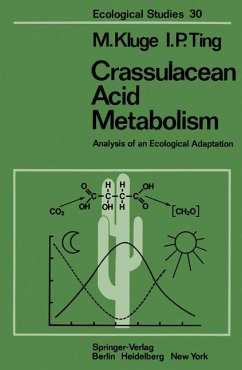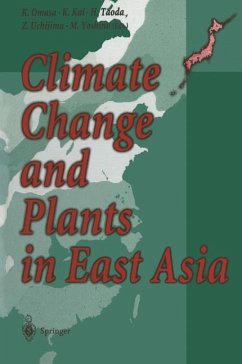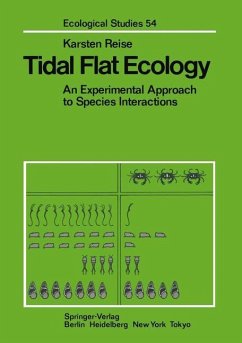
Perspectives of Biophysical Ecology
Versandkostenfrei!
Versandfertig in 1-2 Wochen
77,99 €
inkl. MwSt.

PAYBACK Punkte
39 °P sammeln!
A symposium on biophysical ecology was held at The University of Michigan Biological Station on Douglas Lake August 20-24, 1973. Biophysical ecology is an approach to ecology which uses fundamental principles of physics and chemistry along with mathematics as a tool to understand the interactions between organisms and their environment. It is fundamentally a mechanistic approach to ecology, and as such, it is amenable to theoretical modeling. A theoretical model applied to an organism and its interactions with its environ ment should include all the significant environmental factors, organism ...
A symposium on biophysical ecology was held at The University of Michigan Biological Station on Douglas Lake August 20-24, 1973. Biophysical ecology is an approach to ecology which uses fundamental principles of physics and chemistry along with mathematics as a tool to understand the interactions between organisms and their environment. It is fundamentally a mechanistic approach to ecology, and as such, it is amenable to theoretical modeling. A theoretical model applied to an organism and its interactions with its environ ment should include all the significant environmental factors, organism properties, and the mechanisms that connect these things together in an appropriate organism response. The purpose of a theoretical model is to use it to explain observed facts and to make predictions beyond the realm of observation which can be verified or denied by further observation. If the predictions are confirmed, the model must be reasonably complete except for second or third-order refinements. If the pre dictions are denied by further observation, one must go back to the basic ideas that entered the model and decide what has been overlooked or even what has been included that perhaps should not have been. Theoretical modeling must always have recourse to experiment in the laboratory and observation in the field. For plants, a theoretical model might be formulated to explain the manner and magnitude by which various environmental factors affect leaf temperature.














